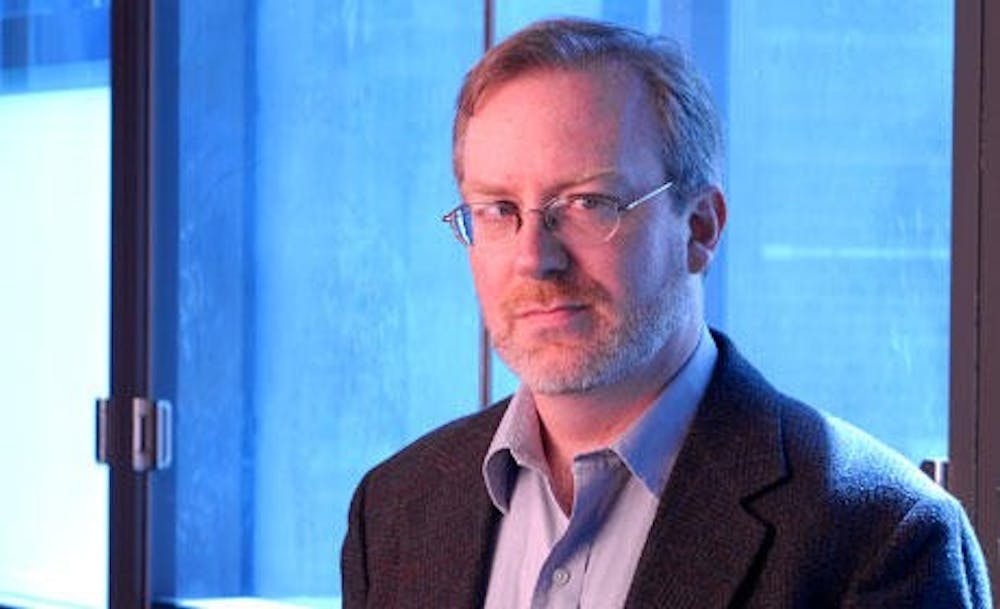Approximately 200 people gathered on Thursday to hear professor Charles Kane from the University of Pennsylvania discuss how quantum mechanics can enable electronic phases of matter to have both exotic and useful properties.
Kane believes that Benjamin Franklin, who was the first to coin the term electric charge and whose discoveries led to much of the discussion on quantum matter today, epitomizes what is good about science.
“Good science is both fundamental and useful, and that’s where quantum is,” he said.
Kane explained that our understanding of the fundamental properties of quantum matter is continuing to evolve.
“The organizing principles of quantum matter, topological phases amongst them, continue to be uncovered,” he said.
Kane explained that one of the fundamental difficulties in quantum computing, that of accidental measurement and destruction of quantum information, could be solved using topological superconductors. Instead of using bits that are either 0 or 1, like a regular computer does, a quantum computer uses “qubits” that can be 0, 1, or both at the same time, enabling the quantum computer to process much larger data than a regular computer, he noted.
However, since measurement destroys quantum information, finding the state of the qubit is a challenge that can be overcome using topological superconductors that allow a qubit to be split in half, Kane said. He added that once the qubit is split in half, no local measurement can determine the state of the qubit, thus topologically protecting this quantum information.
Kane recognized the work done at the University that enabled many of these discoveries, including Duncan Haldane’s Nobel Prize-winning work on topological phase matter and the growth and spectroscopy of crystals. This work has allowed for the study of atomic level transitions and scanning tunneling microscopy experiments that have verified some of the results.

Kane graduated from the University of Chicago, earned a Ph.D. at MIT, and worked at IBM before moving to the University of Pennsylvania, where he discovered topological insulators in three dimensions.
A topological insulator in three dimensions is an insulator on the outside and a conductor on the inside, Kane said. However, when cut, the outside insulating surface wraps around and topologically protects the conductor.
While regular phases of matter, like solid-liquid or conductor-insulator, are familiar to us all, topological phases are equivalent if they can continuously be deformed into each other, Kane explained. So while a clay coffee mug can be reshaped into a donut, with the handle becoming the hole, an orange and a donut are not topologically equivalent because there is no way to make the donut from the orange without poking a hole in it, he added.
“The impossible can happen at the boundary of two different topological phases,” Kane said. An electron, which is known to carry a quantized unit of charge, is split in half — but the principle can be applied more generally, enabling the splitting of qubits in quantum computing.

Kane’s talk constituted the 42nd Annual Donald R. Hamilton Lecture given in honor of the late Donald Hamilton, an atomic and nuclear experimental physicist who made significant contributions to the University’s Department of Physics.
The lecture took place in McDonnell A02 at 8 p.m.








